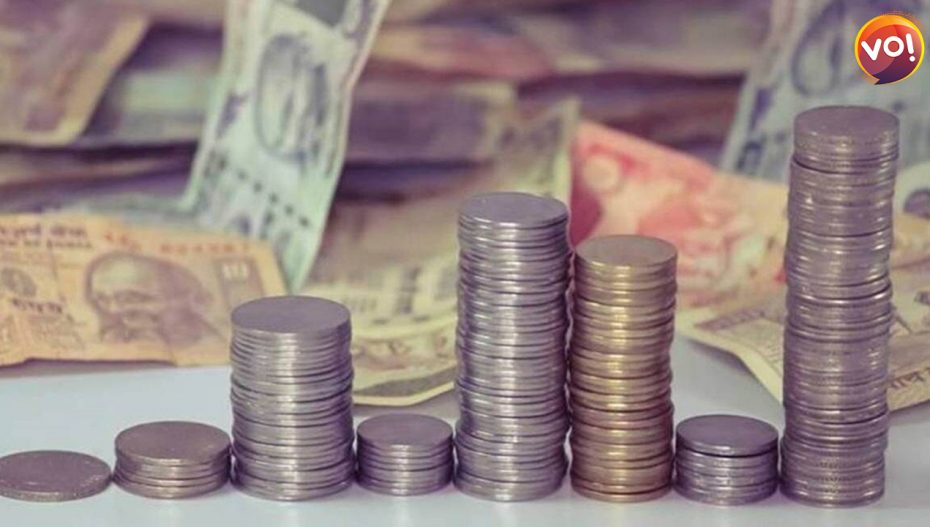As per figures for the last fiscal year ended March 31, the rate at which Indians used to save has fallen to the lowest level in the last five years. The chief reason could be that while on one hand Indians bought heavily after the Covid pandemic and on the other hand inflation has affected their purchasing power.
According to Reserve Bank of India data, household financial savings were 10.8 percent of India’s GDP in fiscal 2022, down from 15.9 percent in 2021 and 12 in the previous three fiscal years. Significantly, GDP declined sharply during this period.
Experts believe that when inflation will hit low-income earners hard, these families will rein in their purchases due to reduced income. Many people in the early stages of the disease increased savings because they were concerned about the impact of Covid-19 on their health, jobs, but began to ease their own shopping restrictions as the pandemic slowed. Experts call it revenge shopping.
Savings were high at this time, but incomes were not increasing. In the initial phase of Covid-19, i.e. in the June quarter of 2020-21, the household savings rate reached 21 percent of GDP, as people did not have the option to buy due to the lockdown.
Experts say that the subsequent boom in demand is still ongoing whereas people’s income has not increased nor new employment has been generated. Yet, buying spee is going on in full swing.
Inflation and rapidly increasing demand has contributed to unchecked consumption, which reduced people’s ability to save. Not only this, the increased liquidity in the banking system led to a reduction in interest rates. This affected the deposit rates. While the average rate on deposits in banks was 6.45 percent in February-April 2020, it fell to 5.07 percent in May this year and marginally increased to 5.22 percent in July.
The household savings figures also include small and micro enterprises, which are facing financial challenges. The consumer price index, which tracks inflation, eased slightly in July after peaking at 7.8 percent in April. It took an upward trend again in August.
Household savings include bank and non-bank deposits, life insurance funds, provident funds and pension funds, cash, investments and small savings.
In the first quarter of fiscal 2022, the share of deposits was 27.2 percent, second lowest in 50-years.. Surprisingly, investments in insurance, provident funds and pension funds has increased by 40 percent. Also, the riskier investments such as equities have reached a five-year high.
Also Read: Gautam Adani’s Prediction: India’s Economy Will Grow To $30 trillion












